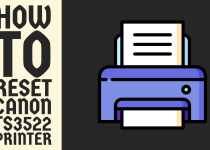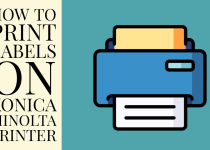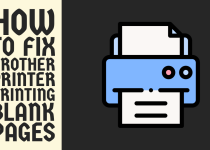How to Print 30 Different Labels on One Sheet in Word – Easy Methods
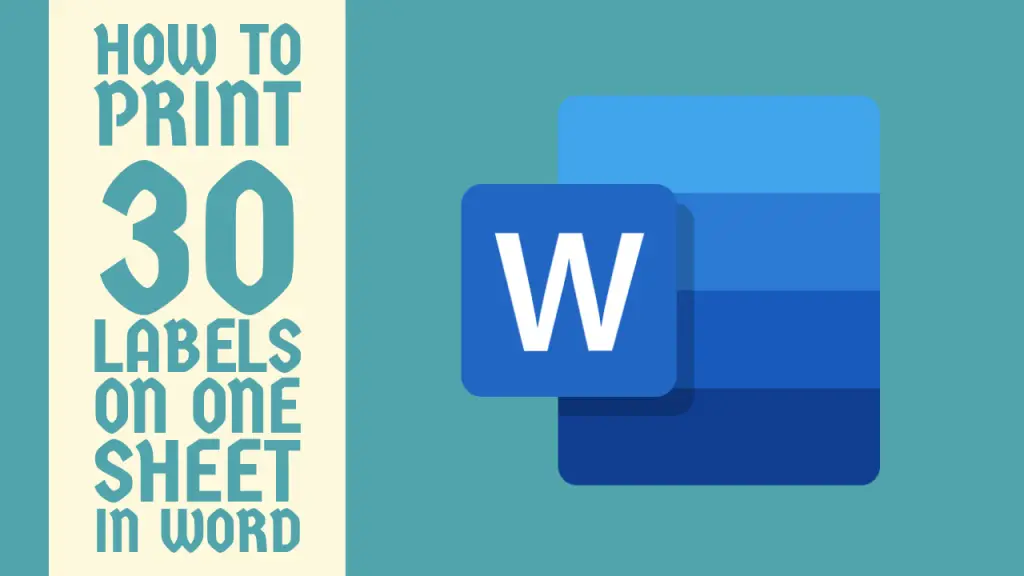
Quick Summary
| Method | Steps |
|---|---|
| 1. Mail Merge (Best for Excel Data) | Prepare Excel data → Mailings > Start Mail Merge > Labels → Select Recipients → Insert Merge Fields → Design → Preview → Finish & Print |
| 2. Manual Creation (Full Control) | New Document → Insert > Table (Label Grid) → Adjust Cell Size → Design Each Label → Apply Consistent Formatting → Align Properly → Print |
| 3. Word’s Label Feature (Quick Edit) | Mailings > Labels > Options → Create New Document → Unlink Labels → Customize Each Label → Apply Formatting → Save Template → Print |
In today’s dynamic digital landscape, the ability to create and print custom labels efficiently is a valuable skill that transcends both personal and professional domains. Microsoft Word, a versatile and widely accessible tool, offers a cornucopia of features for label creation that can significantly enhance productivity.
This comprehensive guide will unravel the intricacies of printing 30 distinct labels on a single sheet using Microsoft Word, exploring various methods and techniques to achieve optimal results.
Whether you’re organizing a home office, managing inventory for a small business, or preparing for a large-scale mailing campaign, mastering this skill will prove invaluable.
We’ll delve into the nuances of utilizing mail merge functions, manipulating Word’s built-in label features, and employing manual customization techniques to create a diverse array of labels efficiently.
By the end of this guide, you’ll be equipped with the knowledge to transform a seemingly daunting task into a streamlined process, saving time and resources while producing professional-quality labels.
How to Print 30 Different Labels on One Sheet in Word
Prepare to unlock the full potential of Microsoft Word’s label-making capabilities and revolutionize your approach to organizing and identifying items in both your personal and professional life.
Method 1: Using Mail Merge for Varied Labels

The mail merge feature in Microsoft Word is a powerful tool that allows you to create multiple unique labels efficiently. This method is ideal when you have a data source containing the information for your 30 different labels.
Step 1: Prepare Your Data Source
Create an Excel spreadsheet or Word table with 30 rows, each containing the unique information for one label.
Step 2: Set Up Your Label Document
Open Microsoft Word and navigate to the “Mailings” tab. Click on “Labels” and select your label size from the options provided.
Note: Use high-quality label sheets compatible with your printer type (inkjet or laser) for best results.
Step 3: Connect to Your Data Source
In the “Mailings” tab, click “Select Recipients” and choose “Use an Existing List”. Navigate to and select your prepared data source.
Step 4: Insert Merge Fields
Place your cursor in the first label of your document. Use the “Insert Merge Field” button to add fields from your data source to the label.
Step 5: Apply Design Elements
Format your label template with any desired fonts, colors, or graphics that will be consistent across all labels.
Step 6: Preview Your Results
Use the “Preview Results” button to ensure your labels are populating correctly with the data from your source.
Step 7: Complete the Merge
Click “Finish & Merge” and select “Edit Individual Documents” to create a new document with all 30 unique labels.
Step 8: Print Your Labels
Load your label sheet into your printer and print the merged document containing your 30 different labels.
Related Guide: How to Print Multiple Business Cards on One Sheet
Method 2: Manual Creation for Complete Customization

For situations where each label requires a high degree of customization or when working with a smaller number of labels, manual creation might be preferable.
Step 1: Create a New Document
Open Microsoft Word and start a new blank document.
Step 2: Set Up Label Grid
Go to the “Layout” tab and select “Margins” > “Custom Margins”. Set all margins to 0.5 inches.
Step 3: Insert a Table
Create a table with 3 columns and 10 rows to accommodate 30 labels on one sheet.
Step 4: Adjust Cell Dimensions
Resize the cells to match your label dimensions. Standard address labels are often around 2.625 inches wide by 1 inch tall.
Step 5: Design Individual Labels
In each cell, create a unique label design. Use text boxes, shapes, and images as needed for each distinct label.
Step 6: Apply Consistent Formatting
Use consistent fonts and styling across all labels for a professional appearance, even with varied content.
Step 7: Fine-tune Alignment
Ensure all elements within each cell are properly aligned. Use Word’s alignment tools for precision.
Step 8: Print Your Custom Sheet
Load your label sheet into the printer and print your custom-designed sheet of 30 different labels.
Tip: Keep your printer clean and well-maintained to prevent smudging or misalignment issues.
Method 3: Utilizing Word’s Label Feature with Customization
This method combines the ease of Word’s built-in label feature with manual customization for efficient creation of varied labels.
Step 1: Access Label Options
Go to the “Mailings” tab and click on “Labels”. Select your label product number or input custom dimensions.
Step 2: Create a Full Sheet of Labels
Choose “Full page of the same label” and click “New Document” to generate a sheet of identical labels.
Step 3: Unlink Labels
In the new document, go to the “Layout” tab and click “Link to Previous” to unlink all label sections.
Step 4: Customize Each Label
Edit each label individually, adding unique text, images, or design elements as needed for your 30 different labels.
Step 5: Apply Consistent Elements
Add any consistent branding or design elements that should appear on all or most labels.
Step 6: Review and Adjust
Carefully review each label, ensuring proper formatting and alignment within its cell.
Step 7: Save Your Template
Save this document as a template for future use or modification.
Step 8: Print Your Label Sheet
Load your label sheet into the printer and print your customized sheet of 30 different labels.
Related Guide: How to Print on Acrylic Sheet
Conclusion
Creating and printing 30 different labels on one sheet in Microsoft Word is a valuable skill that can enhance both personal and professional productivity. Whether you opt for the efficiency of mail merge, the complete customization of manual creation, or a hybrid approach using Word’s label features, the key lies in careful preparation and attention to detail.
By following the step-by-step methods outlined in this guide and considering the tips, troubleshooting advice, and advanced techniques provided, you’ll be well-equipped to produce professional-looking, varied labels that meet your specific needs. Remember that practice and experimentation are crucial in finding the workflow that best suits your requirements.
As you become more proficient in label creation and printing, you’ll discover that this skill has numerous applications beyond basic address labels. From organizing your home or office to creating professional product labels or name tags for events, the ability to print 30 different labels on one sheet efficiently opens up a world of possibilities.
Embrace the versatility of Microsoft Word’s label printing capabilities, and don’t hesitate to explore additional software options as your needs evolve. With these tools and techniques at your disposal, you can tackle any label printing project with confidence, saving time and resources while producing high-quality, customized labels that serve your unique purposes.
Frequently Asked Questions (FAQs)
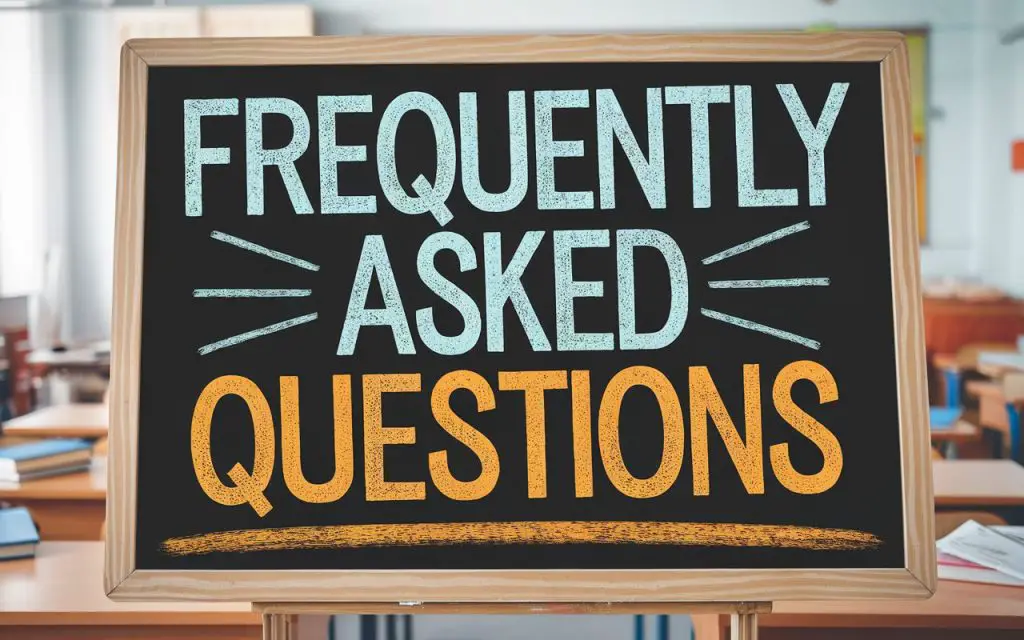
1. How to print multiple different labels in Word on one sheet?
To print multiple different labels on one sheet in Microsoft Word, start by selecting the “Mailings” tab and choosing “Labels”. Pick your label product number or set custom dimensions. Instead of using “Full page of the same label”, select “Single label” and choose which label on the sheet to edit.
Design your first label, then move to the next cell and create a different label. Repeat this process for each unique label on the sheet.
Use the “Update Label” function to apply formatting changes across similar labels if needed. Before printing, preview your sheet to ensure proper alignment. Use appropriate label paper for best results.
2. How to print individual labels in Word?
To print individual labels in Microsoft Word, start by accessing the “Mailings” tab and selecting “Labels”. Choose your label type or input custom dimensions if needed. Instead of filling the entire page, select the “Single label” option.
This allows you to specify which label position on the sheet you want to print. Design your label content in the provided space. When ready to print, load your label sheet into the printer, ensuring it’s oriented correctly.
In the print settings, select “Print current page” to print only the sheet with your individual label. This method is ideal for printing a few labels without wasting an entire sheet.

